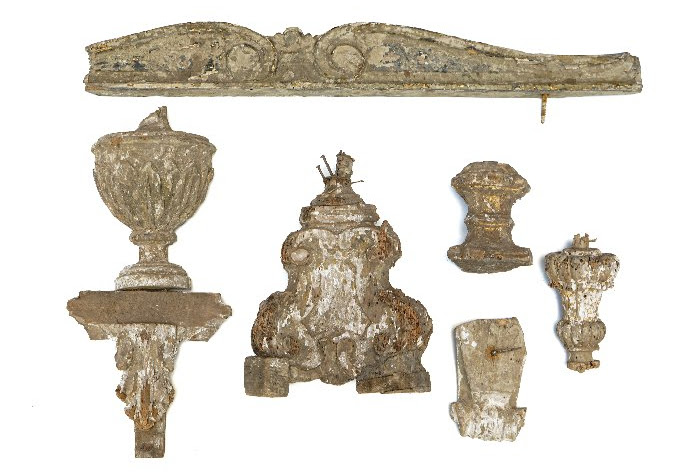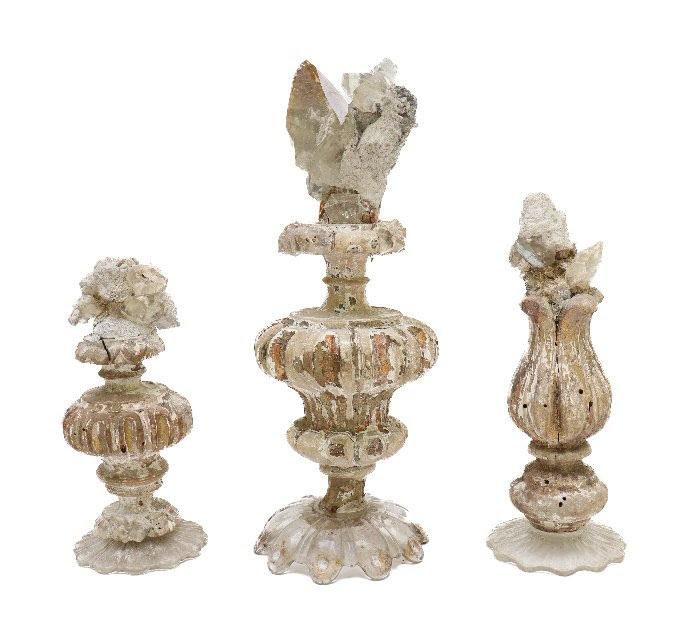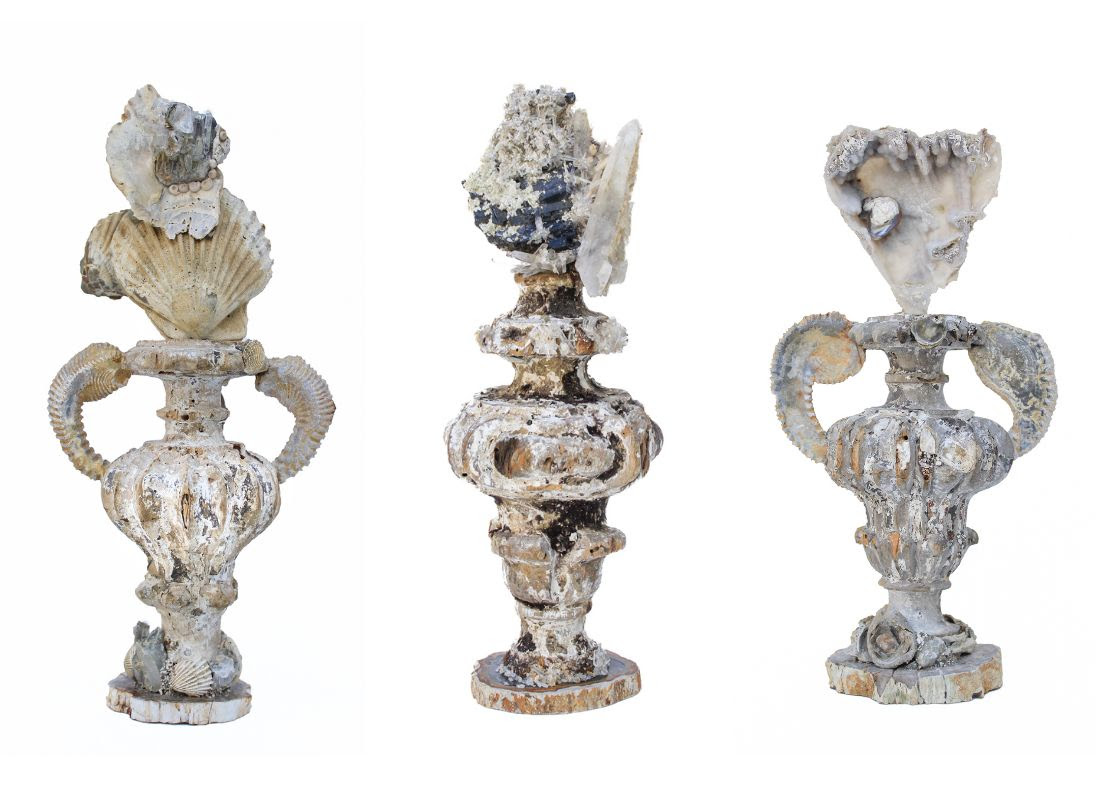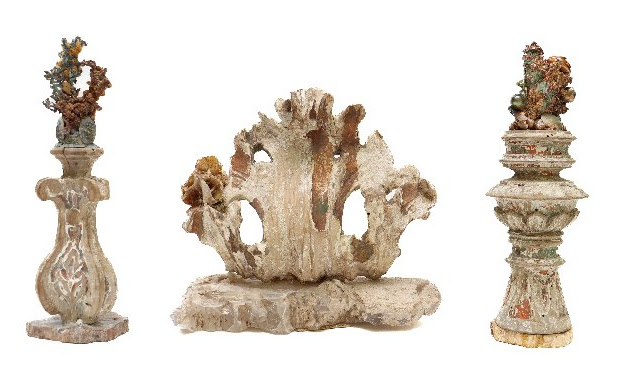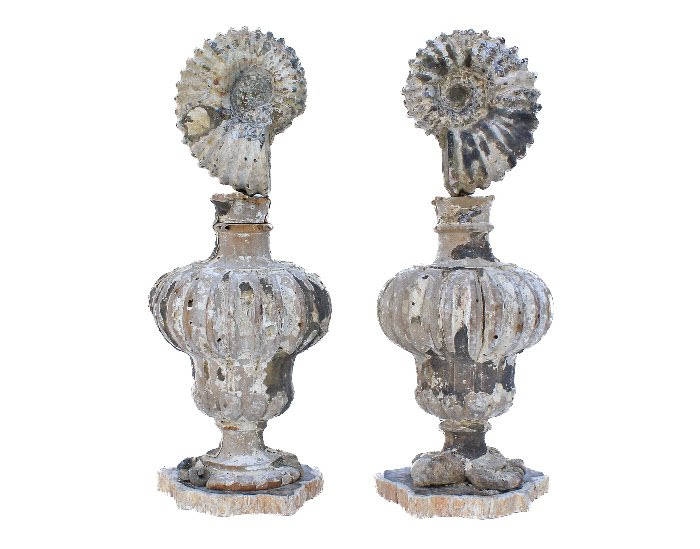The Florence Fragment Collection

The Uffizi Gallery after the flood. Photographed by the Uffizi staff.
To view the entire collection on the online gallery, click here.
Read "L’artista irlandese che trasforma in opere d’arte e arredo frammenti dell’alluvione di Firenze del ’66," the Florence Fragment Collection's recent feature with Artribune here.

Jean O’Reilly Barlow, former Irish supermodel and the artist and founder of Interi, has created works of art that will debut with the notable Italian museum. This is a collection of historical fragment artifacts found and saved from the infamous Florence flood of 1966 which was the worst flood the city had faced since the Renaissance. After days of severe and heavy rainfall, the Arno River flooded and submerged the Tuscan streets. Along with the irreplaceable masterpieces of art and rare books, tons of mud and rubble severely damaged or destroyed the artifacts in the very churches they adorned. These pieces have now been transformed into sculptural works of art. The exhibition will take place during the 58th anniversary of the historic flood which occurred on November 4th, 1966.
The History Behind the Florence Fragments
On November 4th, 1966, the city of Florence faced the worst flood recorded since the Renaissance. After days of severe and heavy rainfall, the Arno River flooded and submerged the Tuscan streets. Along with the thousands of masterpieces of art and rare books, tons of mud and rubble severely damaged or destroyed the artifacts in the very churches they adorned.
Volunteers carry "Christ and the Wife of Zebedee" by Matteo Rosselli to safety past the replica David in the Piazza della Signoria, 1966 by David Lees.
|
|
|
After learning more about the history of the event and finding fragments from the flood, Barlow had an idea to collect and transform the artifacts into art. Once decoration and artistic depictions that adorned churches throughout Florence, these 17th and 18th century fragments had been significantly distressed from the mud and water and were deemed “beyond restoration.” But there is still the original paint and silt left on the pieces to uphold the integrity, craftsmanship, and history of sculptural fragments. The collection is proof that there is more beauty to uncover - bringing forth a new era and context of "modern mud angels." |
|
|
|
|
|
|











